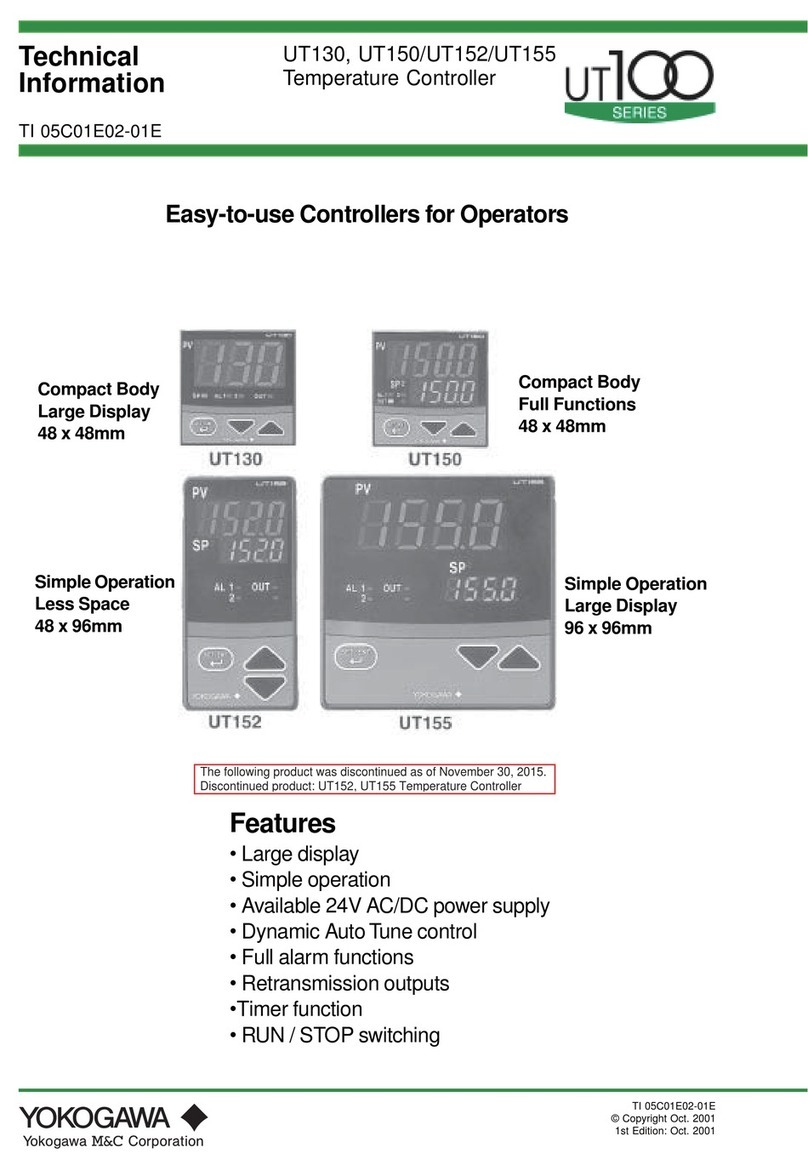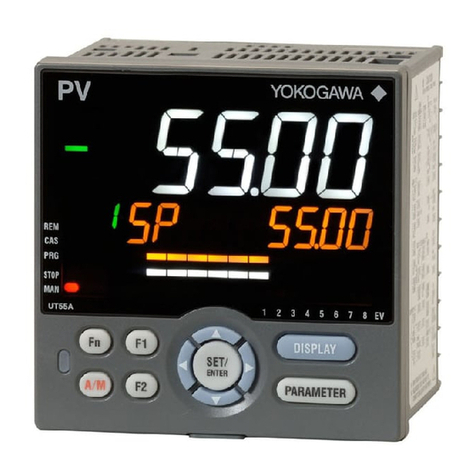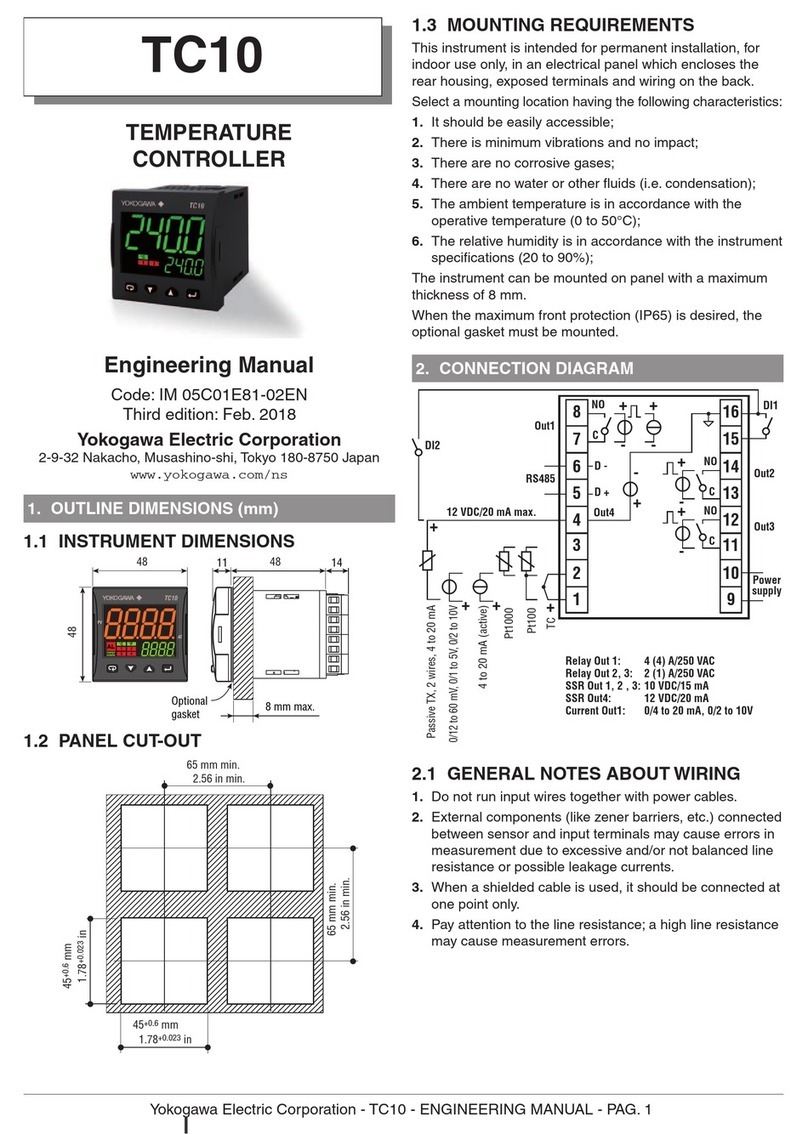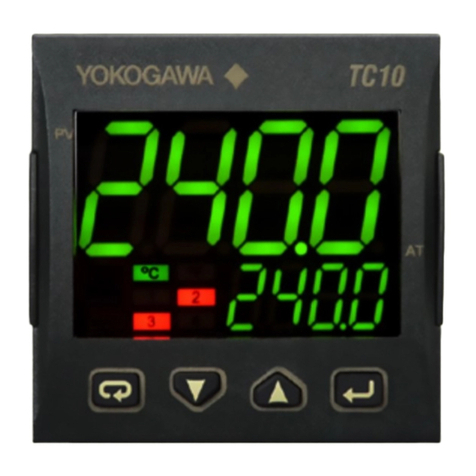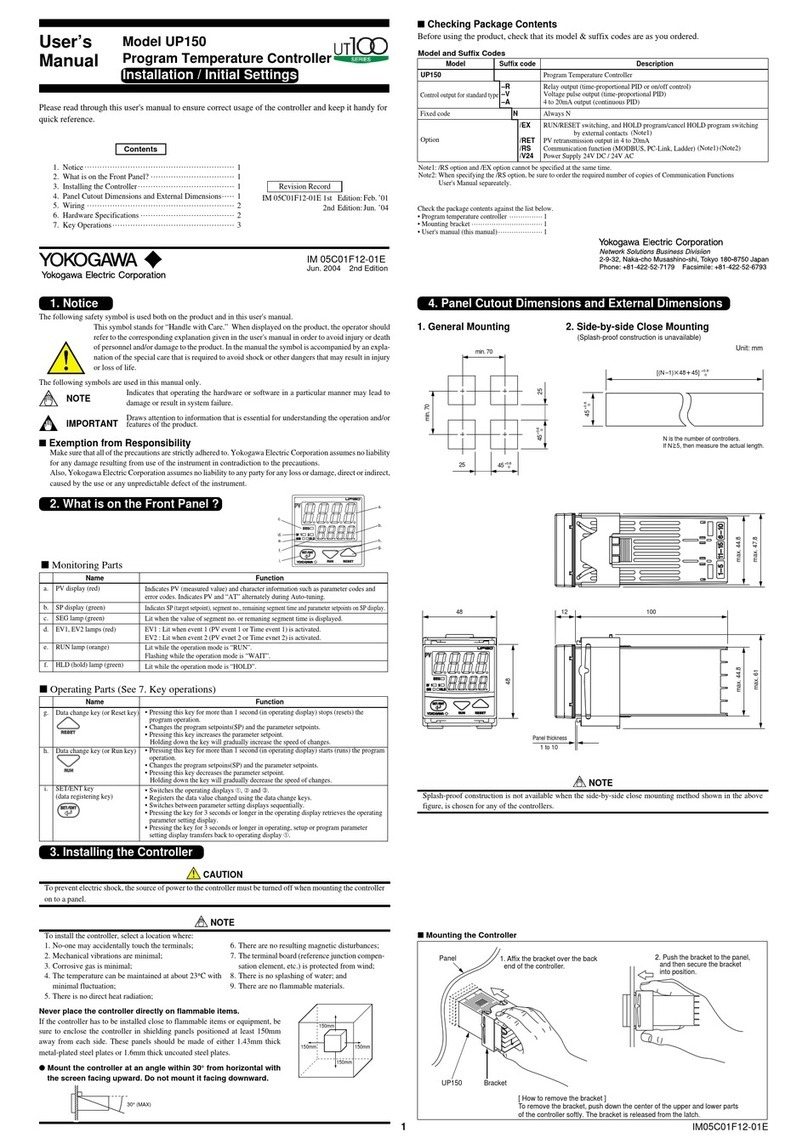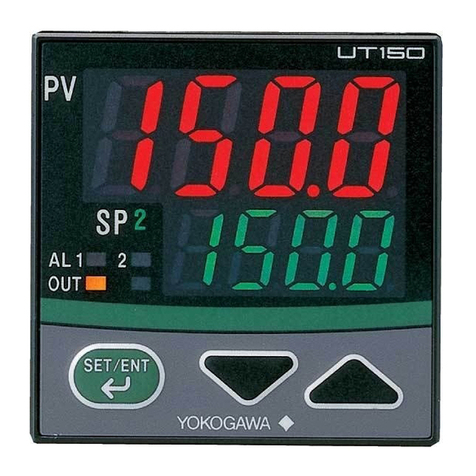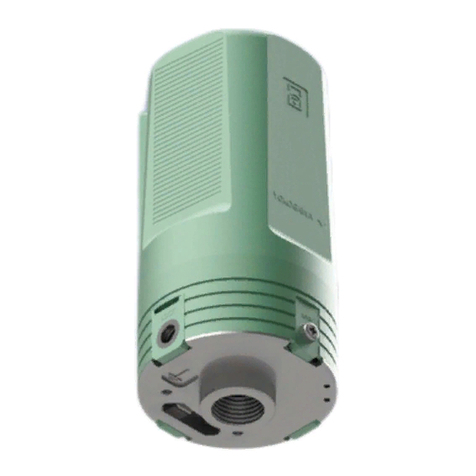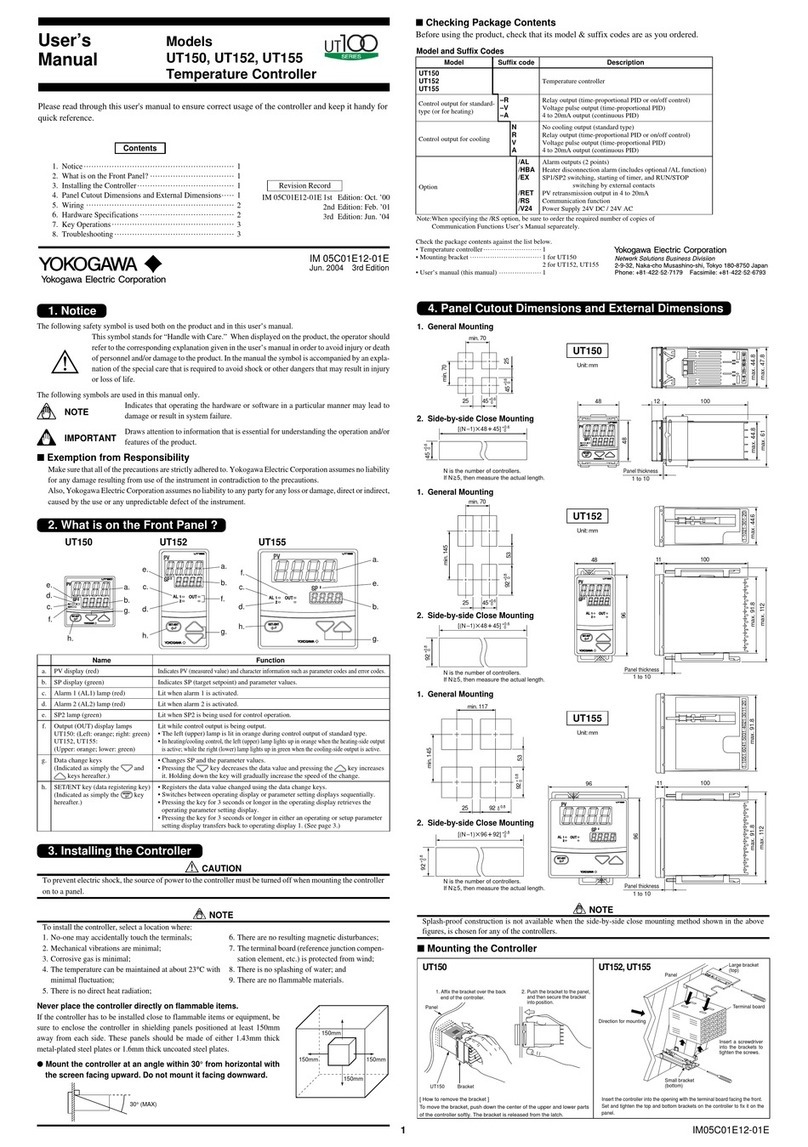
User’s
Manual
1. PREFACE
Thank you for purchasing our temperature sensor.
This User’s Manual gives instructions on handling,
wiring, and maintenance of temperature sensors.
In order for the temperature sensor to be fully functional
and to operate in an efcient manner, the manual must
be carefully read.
■NotesontheUser’sManual
• In no case does this manual guarantee the
merchantability of the transmitter or its adaptability to
a specic client need.
• Changes to specications, structure, and
components used may not lead to the revision of this
manual unless such changes affect the function and
performance of the products.
■Warranty
• The warranty period of the instrument is written
on the estimate sheet that is included with your
purchase.
Any trouble arising during the warranty period shall
be repaired free of charge.
• Whether or not the defective instrument is repaired
free of charge depends on the result of our
inspection.
●Thefollowingconditionsshallnotbeeligiblefor
charge-exemptrepair.
• Problems caused by improper or insufcient
maintenance on the part of the customer.
• Trouble or damage caused by mishandling,
misusage, or storage that exceeds the design or
specication requirements.
• Trouble or damage was caused by modication or
repair that was handled by a party or parties other
than our consigned agent.
• Trouble or damage was caused by re, earthquake,
wind or ood damage, lightning strikes or other acts
of God that are not directly a result of problems with
this instrument.
■Checkingitemsafterunpacking
When the temperature sensor is delivered, check
the appearance for damage, and also verify that the
conguration indicated in the “Model and Sufx Code”
is in compliance with the specications written on the
order sheet.
CAUTION
Do not change the circuit or parts. The instrument
modication will void the explosion proof
certication.
2. NotesonSafety
It is absolutely imperative that users of this equipment
read and observe the safety instructions mentioned in
this manual in order to ensure the protection and safety
of operators.
2.1 Installation
• Lead cables linked with the temperature sensor,
such as a compensating lead cable or extension lead
cable, must be connected to terminals of receiving
instruments. An incorrect connection may cause a re
or an explosion.
• When the temperature sensor is dropped, people
may be injured since some temperature sensors are
heavy. Pay attention to the handling of temperature
sensors, especially resistance thermometers with
ceramic insulators or protections, which are very
delicate.
• Temperature sensors of ameproof type are
approved when that they are used under 60°C or
below, and that of temperature for Intrinsically safe
type is 55°C or below.
Conrm the ambient temperature is in accordance
with those conditions.
• After wiring, conrm if O-ring packing is furnished
and then close the cover surely in order to prevent
permeation of dust or water. Especially for the
explosion proof type, fasten the cover rmly using a
hexagonal 17 mm wrench.
Otherwise, it may be declined the capability of the
explosion proof.
• Screws or anges are used for installation of
temperature sensors. In case of screwing, apply
sealing tape or sealing agent for tapered thread and
apply O-ring gaskets for parallel thread. Then fasten
them rmly. In case of ange connection, insert
specied gaskets and screw up all bolts equally.
■Handlingcautionsforintrinsicallysafetype
TIIS intrinsically safe type (i3aG5)
Type TC TD RB
Certication number T28123 T28124 T28125
Combined barrier BARD200
Two or less BARD200
Lext ≤ 2.2 mH
Cext ≤ 1 μF
BARD300
Internal inductance Lint ≤ 20 μH
Internal capacitance Cint ≤ 2 nF
Ambient temperature Ta –10°C ≤ Ta ≤ 55°C (–14°F ≤ Ta ≤ 131°F)
Temperature Sensors
2nd Edition: July 2011(YK)
All Rights Reserved, Copyright © 2003, Yokogawa Electric Corporation
IM06B00A01-01EN
IM 06B00A01-01EN
2nd Edition
